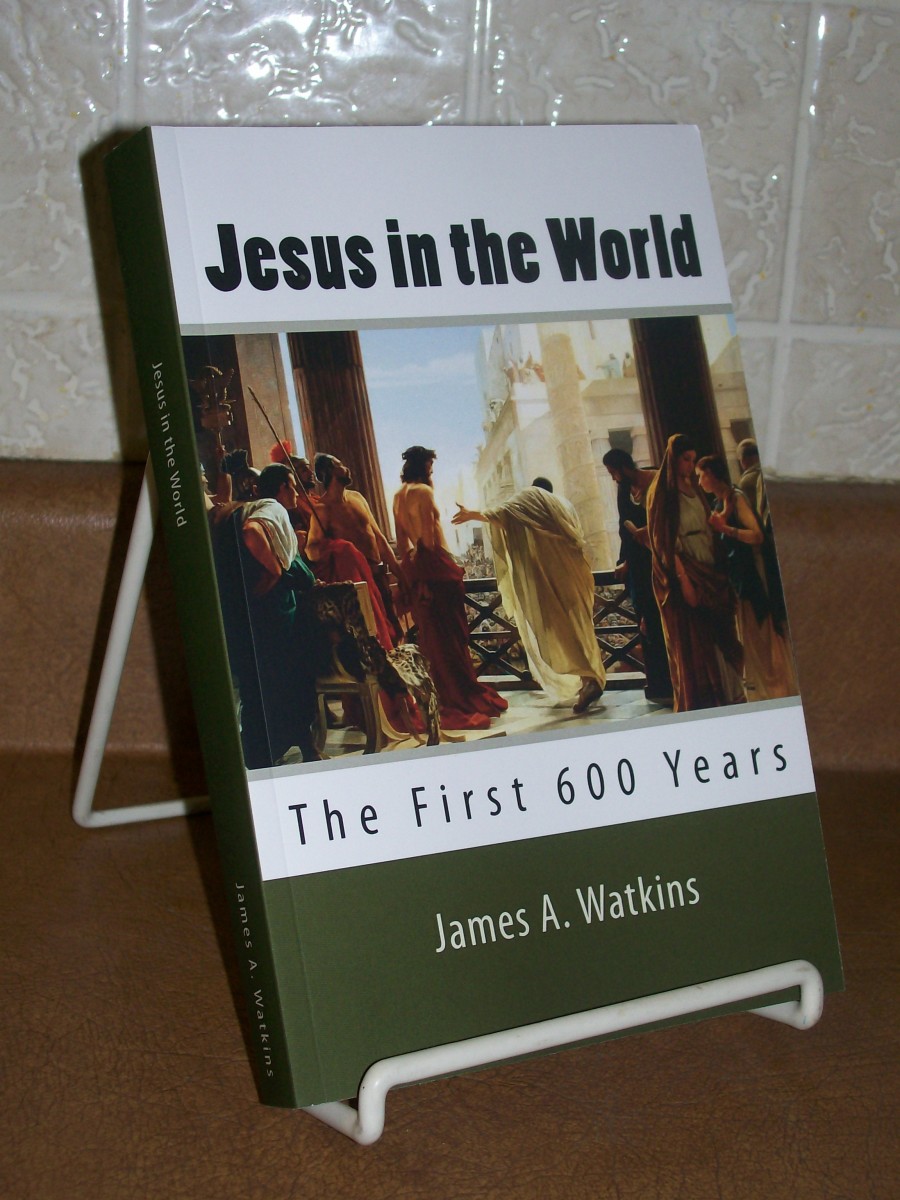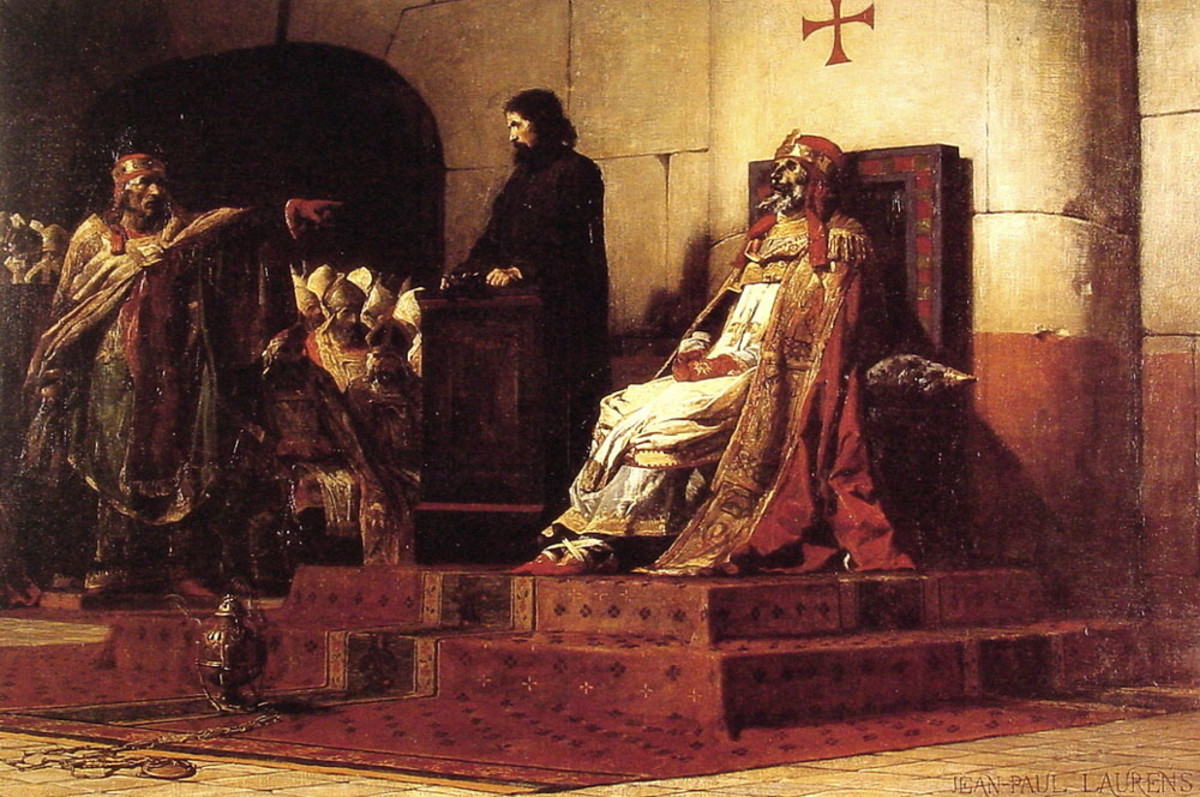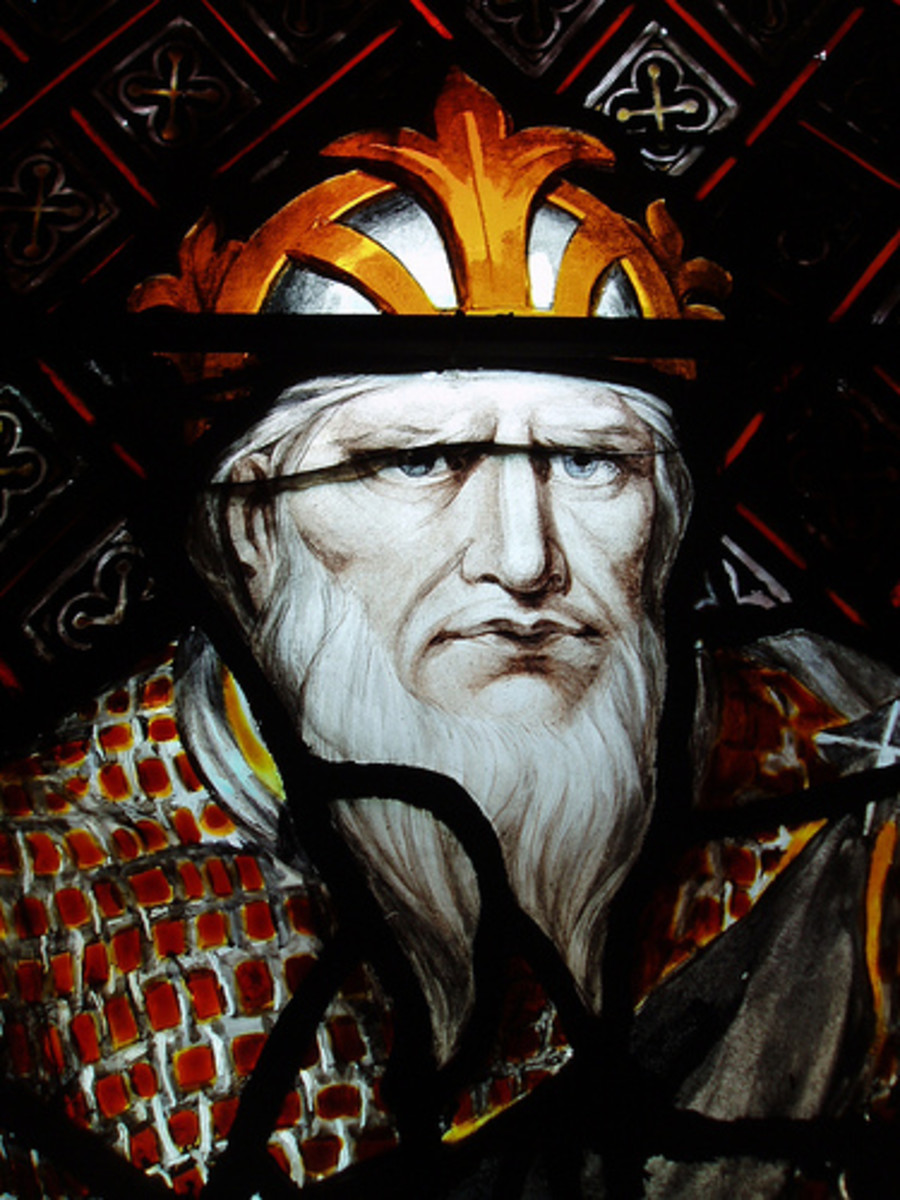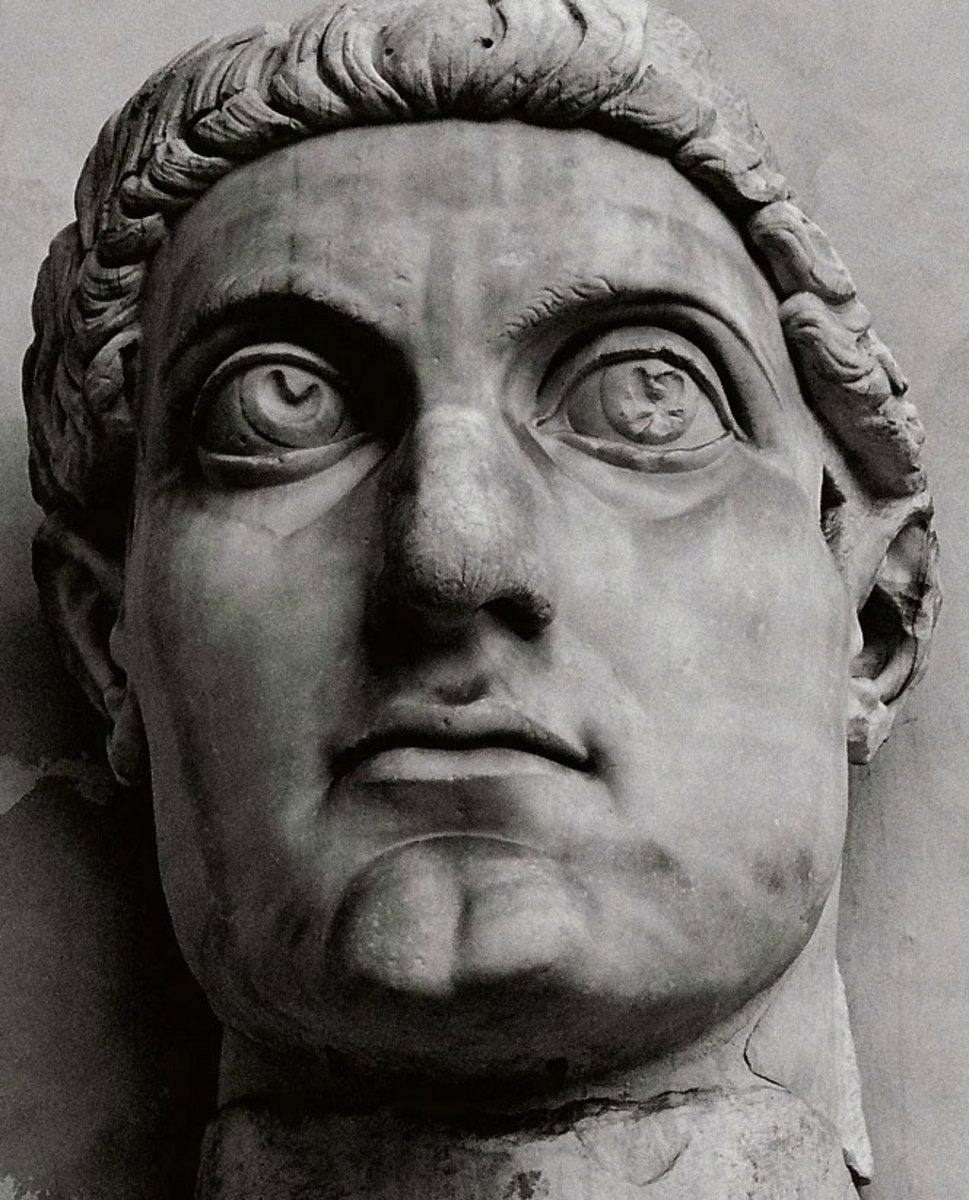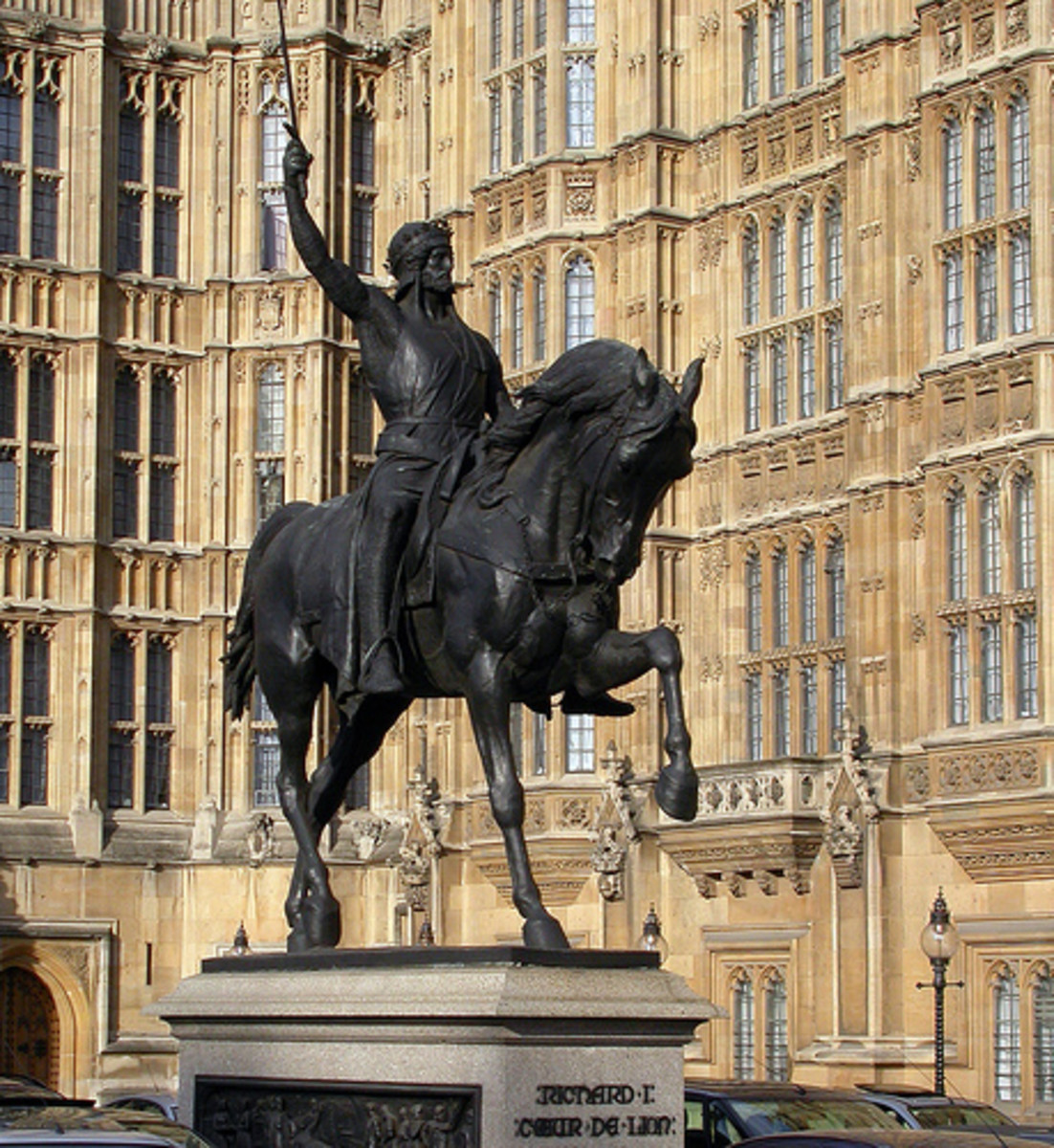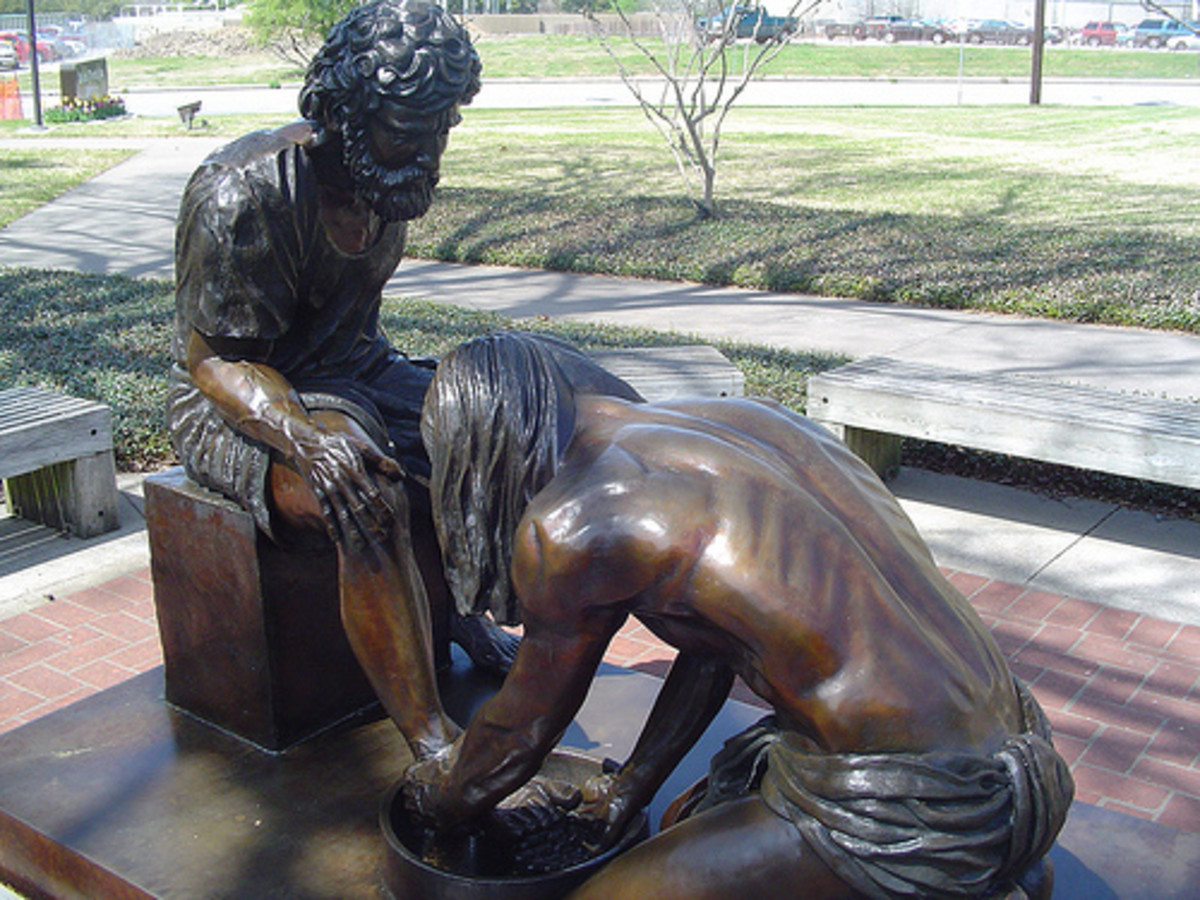How Constantine Didn't Invent Christianity

The Claim
The claim that Emperor Constantine took a variety of primitive legends and texts and united them in order to form the Christian religion is an old one, but has recently been resurrected by popular sources like Dan Brown’s Da Vinci Code and the internet film Zeitgeist.
This claim can be discredited easily enough by examining the dating of the New Testament documents contrasted with the dating of competing Gnostic Gospels; the unity of message in the New Testament documents; and the formation of the New Testament canon.
If it can be shown that the New Testament documents were written well before the fourth century (when Constantine lived), that the earliest documents are more or less consistent with the fourth century copies (they would not have to be identical in order to prove the early formation of Christianity, they would simply have to have a message that is consistent across the copies and translations), and that the early Church (primarily the second century church which was writing on the teachings of Christ and his Apostles from the first century) believed the same things that Christians do today; this should be weighty evidence that contradicts the idea of Constantine forming the Christian religion.
Extensive volumes have been written about these subjects, and it would be impossible to review all this information in brief, but suffice it to say that little or no actual scholarly work supports this idea of Constantine inventing Christianity from primitive traditions. This is an idea that is communicated at the popular level only. Even the most liberal of professional historians and scholars will date the formation of the Christian Church to, at latest, mid-second century.
Constantine the Great
Constantine the Great is largely credited as the first Roman Emperor to embrace Christianity, and it was he that was responsible for gathering the first Council of Nicaea.
His full name was Flavius Valerius Aurelius Constantinus Augustus. He reigned from about 306 AD to 337 AD, although dates vary according to sources.
Despite what is popularly said about him in the present day, he had very little hand in the formation of the Canon of Scripture or in the doctrine of Christ's Divinity. At best, he facilitated the discussion among Church Leaders.
The Arian Heresy
The First Council of Nicaea was held to discuss the exact relationship of God to the person of Jesus Christ. While it was generally accepted that Christ was divine in some sense, what that meant, exactly, was highly debated.
Arius was a charismatic Church Leader who felt that Christ was not equal in divinity with God, but rather that he was the first creation of God. This made him superior to all other creatures, but inferior to God the Father.
The popular position of the Council was that Christ was equal in substance and authority to God the Father, but that they were somehow distinct in person and that Christ was also, somehow, fully human; which he must be in order to take on the punishment for human sins.
Thus, Arius' position was ruled a heresy.
The Nicene Creed
The Nicene Creed was the final result of the discussion of the nature of Christ and his relationship with God the Father. In it's English translation, it reads:
We believe in one God,
the Father, the Almighty,
maker of heaven and earth,
of all that is, seen and unseen.
We believe in one Lord, Jesus Christ,
the only Son of God,
eternally begotten of the Father,
God from God, Light from Light,
true God from true God,
begotten, not made,
of one Being with the Father.
Through him all things were made.
For us and for our salvation
he came down from heaven:
by the power of the Holy Spirit
he became incarnate from the Virgin Mary,
and was made man.
For our sake he was crucified under Pontius Pilate;
he suffered death and was buried.
On the third day he rose again
in accordance with the Scriptures;
he ascended into heaven
and is seated at the right hand of the Father.
He will come again in glory to judge the living and the dead,
and his kingdom will have no end.
We believe in the Holy Spirit, the Lord, the giver of life,
who proceeds from the Father and the Son.
With the Father and the Son he is worshiped and glorified.
He has spoken through the Prophets.
We believe in one holy catholic and apostolic Church.
We acknowledge one baptism for the forgiveness of sins.
We look for the resurrection of the dead,
and the life of the world to come. Amen.
© 2018 Joel Furches

